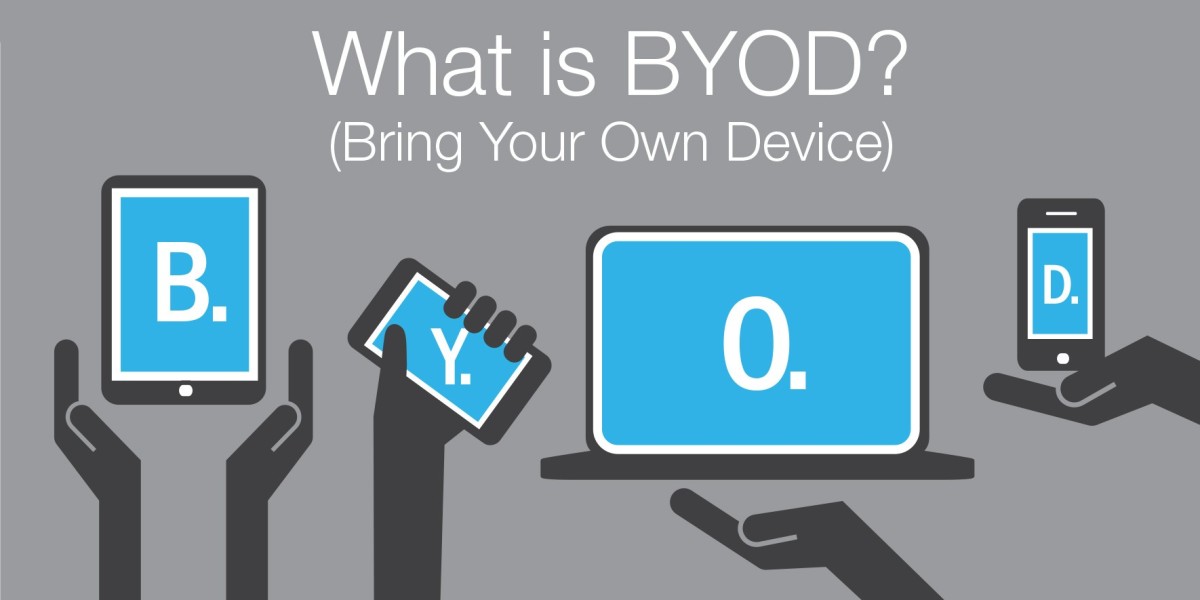Shein has made an indelible mark on the fast fashion industry, emerging as one of the most disruptive and successful e-commerce fashion companies in the world. With its direct-to-consumer (D2C) model, data-driven operations, and global reach, Shein has risen from a small Chinese retailer to a multi-billion-dollar enterprise. Understanding how Shein’s business model works can offer valuable insights for entrepreneurs, investors, and business leaders. In this ultimate guide, we will analyze Shein business model, breaking it down into its key components and explaining why it has become so effective.
1. Direct-to-Consumer (D2C) Model
Shein operates as a direct-to-consumer (D2C) platform, selling its products exclusively online without any physical retail stores. This model is at the heart of Shein’s business strategy. By cutting out intermediaries like retail stores and third-party sellers, Shein can significantly reduce costs and keep its prices competitive.
Key Advantages of the D2C Model:
Lower Operating Costs: Without brick-and-mortar stores, Shein saves on rent, utilities, staffing, and inventory management, allowing it to reinvest these savings into pricing, marketing, and technology.
Better Margins: Selling directly to consumers means Shein can maintain control over pricing and avoid the retail markups typically seen in traditional fashion companies.
Customer Data: With a D2C model, Shein has direct access to customer data, such as purchasing patterns, preferences, and behaviors. This allows the company to personalize the shopping experience, optimize marketing efforts, and quickly adapt to changes in demand.
2. Data-Driven Trend Identification
One of Shein's most critical advantages lies in its data-driven approach to identifying fashion trends. Traditional fashion companies often rely on designers and seasonal forecasts, but Shein clone app uses big data and artificial intelligence (AI) to stay ahead of consumer preferences.
How Shein Uses Data to Spot Trends:
Social Media Monitoring: Shein tracks platforms like Instagram, TikTok, and Pinterest to detect emerging trends in real time. The company analyzes hashtags, influencers, and popular posts to see which styles, colors, and designs are trending.
User Behavior: By analyzing browsing habits, search terms, and purchase histories on its platform, Shein can identify which types of clothing are gaining traction among its users. This allows the company to react quickly by introducing new designs that resonate with its target market.
A/B Testing: Shein often introduces small batches of new designs to test customer reaction. If an item performs well, the company rapidly scales up production. If not, they discontinue the product. This minimizes risk while keeping Shein’s catalog fresh and on-trend.
Benefits of Data-Driven Decisions:
Faster Time to Market: Shein’s reliance on data allows it to turn fashion trends into products in a matter of weeks rather than months, a significant advantage in the fast-paced fashion world.
Reduced Waste: By producing only what is likely to sell, Shein minimizes overproduction, reducing both financial losses and environmental impact.
3. Agile Supply Chain
Shein’s agile supply chain is another cornerstone of its business model. The company has developed a highly flexible, tech-enabled supply chain that allows it to produce and deliver new products rapidly.
Key Features of Shein’s Supply Chain:
On-Demand Manufacturing: Shein operates on a just-in-time production model, manufacturing only small batches of new products and scaling up based on demand. This enables Shein to reduce waste and avoid overstocking while maintaining a constantly updated product catalog.
Close Supplier Relationships: Shein works closely with its network of suppliers, primarily in China, to ensure rapid production and adaptability. This partnership allows Shein to quickly ramp up production for trending items.
Advanced Inventory Management: Shein uses real-time data to track inventory levels, demand forecasts, and production needs. This ensures that Shein can meet consumer demand while avoiding the costly problem of unsold inventory.
Benefits of an Agile Supply Chain:
Speed: Shein can bring new products to market in as little as two weeks, compared to the months-long cycles of traditional fashion brands.
Efficiency: By reducing overproduction and unsold inventory, Shein lowers costs and enhances its profitability.
Responsiveness: Shein’s ability to quickly pivot its production based on consumer demand gives it a competitive edge in the fast fashion market.
4. Low-Cost Production
A major factor in Shein’s success is its ability to produce affordable fashion without compromising style. By leveraging low-cost production in China, Shein keeps prices down while offering a vast range of products to meet global demand.
How Shein Keeps Costs Low:
Economies of Scale: Shein’s vast scale allows it to negotiate favorable prices with suppliers and manufacturers. The larger the order, the cheaper each item is to produce, which translates into lower prices for consumers.
Localized Production: Most of Shein’s production takes place in China, where manufacturing costs are significantly lower than in other parts of the world. The company works with numerous local factories to ensure fast and cost-effective production.
Efficient Use of Technology: From product design to inventory management, Shein uses digital tools to streamline operations, further driving down costs.
Benefits of Low-Cost Production:
Competitive Pricing: Shein’s low production costs enable it to offer products at much lower prices than many of its competitors, attracting budget-conscious consumers.
High Volume Sales: Affordable pricing coupled with fast trend turnover encourages customers to make frequent purchases, driving Shein’s growth.
5. Innovative Marketing and Customer Engagement
Shein’s marketing strategy is built around social media and influencer marketing, which has helped it achieve global visibility and a strong connection with younger audiences.
Key Aspects of Shein’s Marketing:
Influencer Collaborations: Shein partners with influencers on platforms like Instagram and TikTok, showcasing its products through these influencers’ large followings. This organic form of promotion helps Shein build credibility and reach a global audience.
Social Media Campaigns: Shein regularly engages with its audience through viral challenges, giveaways, and user-generated content, fostering a sense of community around the brand.
Shein Points: The company offers a rewards system where customers can earn points for writing reviews, making purchases, and participating in promotional events. These points can be redeemed for discounts, encouraging repeat purchases.
Benefits of Shein’s Marketing Approach:
Increased Customer Loyalty: Through influencer partnerships and loyalty programs, Shein has cultivated a loyal customer base that returns regularly to make new purchases.
Global Reach: Social media allows Shein to connect with customers worldwide, expanding its market beyond geographic limitations.
Conclusion
Shein business model offers a masterclass in how to disrupt an industry through innovation, speed, and customer focus. From its direct-to-consumer strategy to its data-driven decision-making, agile supply chain, low-cost production, and social media marketing, Shein has built a model that can quickly respond to consumer demands and capitalize on global trends. Entrepreneurs can learn valuable lessons from Shein’s approach, particularly the importance of agility, data utilization, and digital-first operations. By analyzing Shein’s model, businesses can uncover strategies to enhance their own operations and succeed in competitive markets.








